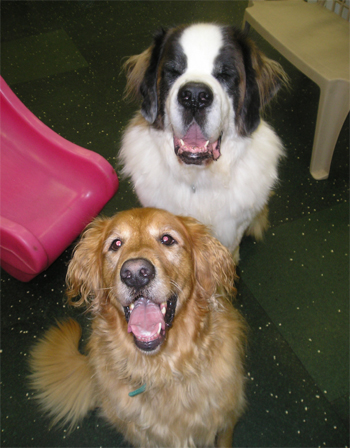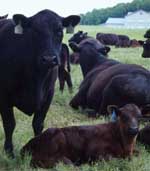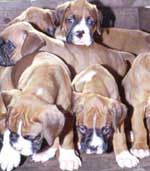|











| |
Blood
Blood is composed of a fluid (plasma) in
which are suspended several different kinds of blood
cells.
 | Plasma is mostly water with a significant
content of several plasma proteins. One of these, fibrinogen,
causes plasma to clot if it escapes from the blood vascular
system. The fibrinogen is converted to tiny strands of fibrin
which trap the other blood components.
|
 | Red Blood Cells (erythrocytes) are the most
numerous of the blood cells. Shaped like tiny, biconcave disks,
they contain the protein hemoglobin which gives them their red
color and allows them to carry large amounts of
oxygen. |

|
Red blood cells (high power)
|
 | White Blood Cells (leukocytes) are present in
much smaller numbers than red blood cells. There are 5 different
basic kinds of white blood cells; three contain granules in their
cytoplasm (granulocytes)
and 2 contain no granules in their cytoplasm (agranulocytes).
|
 | Platelets are cell fragments that circulate in
the bloodstream. They help minimize blood loss from damaged blood
vessels by forming plugs at the damage sites and starting the
blood clotting process. |

|
Platelets (high power)
|
|





